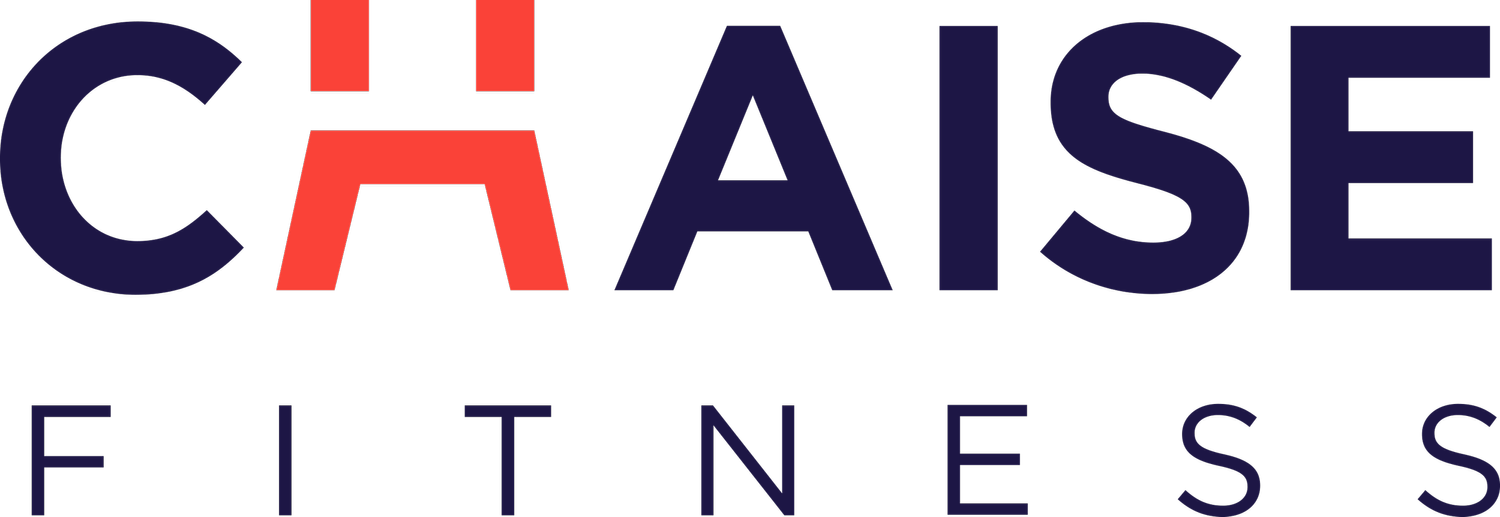What to Know Before Starting Pilates
Joseph Pilates created Pilates in the early 20th century as a type of rehabilitation therapy. However, it later became apparent that the ordinary person could benefit from this form of exercise. Humans are creatures of habit; we all do things in a particular way, including walking, standing, and sitting. As a result of overuse, our muscles become imbalanced. Pilates works to counteract that!
Concentration on each movement, use of the abdominal and lower back muscles, flowing movement patterns that are precise and steady, and controlled breathing are some of the Pilates principles. Pilates exercises may be done on certain equipment, such as a reformer, mat, or blanket. The goal of Pilates is not to build muscle, but rather to improve muscle tone. It focuses specifically on your core. While most would consider only your stomach to be the core of your physique, it extends far beyond that. If you're new to Pilates and looking into taking Pilates classes in the Upper East Side area, below are some basics to know before you dive into things:
1. There are two main types of Pilates classes: mat & reformer:
You'll be working with either a mat to cushion pressure points or a machine called a reformer, which is a sliding platform with a stationary foot bar, springs, and pulleys that provides resistance to help tone the body. Before you commit to your workout, know what type you'll be getting into so you can plan properly
Both strategies are directed at the idea of control rather than producing many reps or muscle fatigue. In Pilates, your muscles are trying to lift against gravity and (in the case of the reformer) the resistance of springs or bands, with the ultimate goal of strengthening and isolating particular muscles. Your aim should be to take your time with the exercises, concentrate on the task at hand, and connect your mind with your body and breath.
Make sure to let your Manhattan Pilates instructor know you're a beginner regardless of the class you choose. This way, they'll be able to keep an eye on you during the session and make adjustments, modifications, progressions, or regressions as needed.
2. Your muscles will burn during Pilates class and likely the next day:
While you probably won't be performing high-intensity exercises like crossfit or lifting heavy dumbbells, Pilates classes can still be quite vigorous. If we look at the Hundreds exercise, for example, which involves less than two inches of continuous movement, it will make your abs burn like crazy! You can also make some adjustments so that you can perform each exercise correctly and with varying degrees of difficulty.
It's much easier to concentrate on little motions when you're sitting down instead of standing up. This means you'll be working the muscles that each exercise was designed for. You may experience muscle soreness after your workout, which is perfectly normal.
3. Be sure to dress right:
Even if you usually prefer to wear loose-fitting workout clothes, you'll want to bring clothing that allows your body to move during Pilates sessions. Tighter apparel might be preferable so the instructor can see your movements. Wear a tank top or a fitted long-sleeved shirt with leggings
As for your feet, you can do your Pilates session in a number of ways, but the most common is to wear socks or go barefoot. You can also put on socks if you want to avoid slipping on the mat or machine. A barefoot approach or wearing socks will also make it much easier to maneuver within and out of straps on a standard reformer.
4. Every NYC Pilates studio has different terminology they use in class.
Every form of exercise has its own lingo, including Pilates. Know that your “powerhouse” in Pilates is the center of your body, where all of your energy comes from to execute the motion. Slow movement from vertebra to vertebra is known as “peeling through your spine.” You'll get used to it with a little time.
Meanwhile, keep an eye on those who seem to have a good grasp of the instructions. You can do this best by being in the middle of the room, whether it's on a reformer or a mat. It's usually easier to see and follow the instructor from the center of the studio. A good Manhattan Pilates instructor will be watching the room intently and getting up from their mat to make adjustments with people. This is how you can learn more effectively.
5. Pilates should be one component of an overall fitness program:
Your body needs time to adjust and change to new exercises, much as with any other fitness regimen. As a result, it's usually a good idea to take a day or two off Pilates every now and again so that your body may heal. You may still exercise while you're resting, but you might try something different instead.
Pilates makes your body flexible, strong, muscular, and toned all at the same time. It also complements a variety of other sports/exercise/fitness activities because it prepares your body to move better in every way. Adding Pilates to your routine will allow you to lift heavier weights, run faster, swim more efficiently, achieve a greater golf swing, and even assist with back pain recovery.
Looking for a Great Manhattan Pilates Studio With a Class for Everyone?
At ChaiseFitness, we believe that anyone can be fit—no matter what skill level or body type. This belief inspired the creation of our patented Reinvention Method, which is for everyone—the athlete, the dancer, the beginner, the advanced, the rebuilder. We blend Pilates, ballet, and strength training and equip you with a chair and overhead bungees so that you work out all your muscles every time. We are located in Upper East Side in Manhattan. For more information, you can contact us at (973)996-2063, or visit our website.


